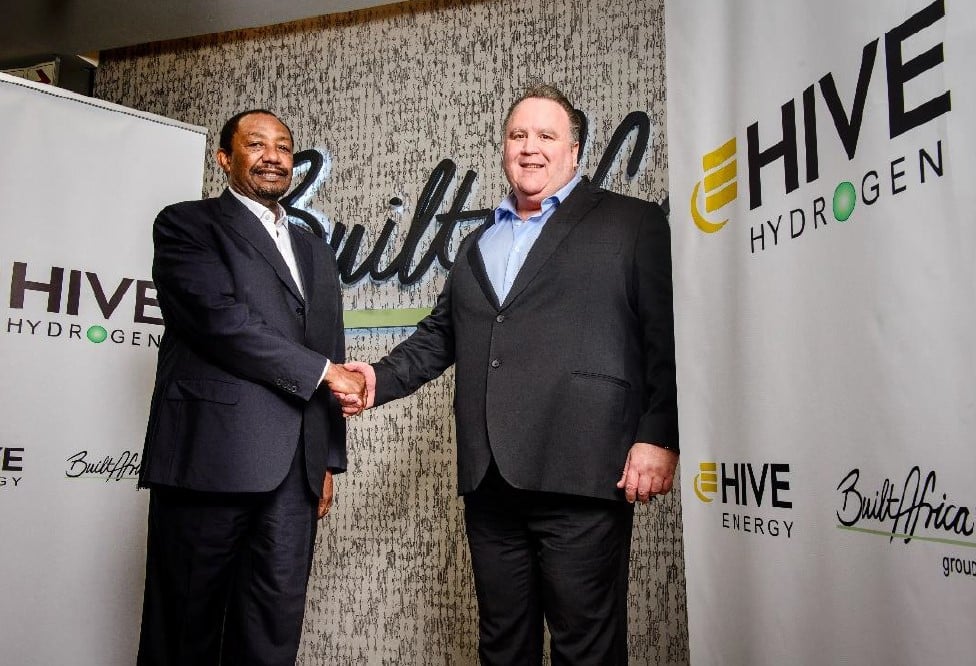World’s largest green ammonia plant’ planned for South Africa, set to go live in 2025

Hive Hydrogen and Linde plc have teamed up to establish the “world’s largest green ammonia export plant” in Nelson Mandela Bay, South Africa, that will have a production capacity of more than 800,000 ton/year.
In a televised launch of the project, Hive Hydrogen chairman Thulani Gcabashe said the annual production capacity of the ammonia facility would be between 800,000 and 900,000 ton/year. “For context, current total global capacity is estimated at roughly 180,000 tons per annum,” Gcabashe said, adding that he wanted to create a “centre of excellence” for ammonia production in the region.
The project will have US$4.6 billion capex cost and its own dedicated power supply from a nearby 1GW solar project developed by solar company Hive Energy and a 1.4GW wind plant that will power the facility when solar power is limited.
The site sits within the Coega Special Economic Zone (SEZ) alongside the Port of Ngqura, a deepwater port on the East coast of South Africa. The facility will also include 156MW of energy storage, Gcabashe added.
Pre-feasibility studies for the project have been completed and the first phase is planned to go live in 2025, with full operation expected by the end of 2026.
“We can now confidently announce our collective aspiration to move forward to Final Investment Decision and commencing the development of this world leading project at the Coega SEZ,” said Hive Energy CEO Giles Redpath.
Hive Hydrogen – a combination of English solar company Hive Energy and South African investment organisation Built Africa – and German chemical company Linde plc, which is operating through its wholly owned subsidiary African Oxygen (Afrox), are aiming to capitalise on the growing demand for ammonia globally to meet current agricultural, chemical and mining requirements.
“This, together with the future switch to green ammonia as the main fuel in the maritime industry and for coal substitution, makes this the perfect time to invest in this commodity,” said the companies via a media release.
Similarly, green hydrogen, which is combined with nitrogen to form green ammonia, has been touted as a key method of decarbonising heavy industries across the globe and, according to Schalk Venter, CEO of Afrox, “Southern Africa is one of a few regions around the world with very favourable conditions for green hydrogen and ammonia production and export”.
Meanwhile, producing both green hydrogen and ammonia requires substantial water supplies for the electrolysis process, and this will be supplied by Cerebos, Africa’s largest salt products producer.
The importance of green hydrogen in global decarbonisation efforts is increasingly recognised and the global green hydrogen sector is poised to benefit from a rapid ramp-up in electrolyser output over the coming years, according to Fitch Solutions.
Indeed, there have been a number of key announcements recently, with Oman’s Ministry of Energy and Minerals signing an agreement with energy major bp that will support the potential development of multiple gigawatts of renewables and green hydrogen in the Middle Eastern country by 2030.
Similarly, Reliance Industries has signed a Memorandum of Understanding (MoU) with the government of Gujarat for a total investment of INR5.955 lakh crore (US$80 billion) over 10-15 years to establish 100GW of renewables and set up a green hydrogen ecosystem in India.
